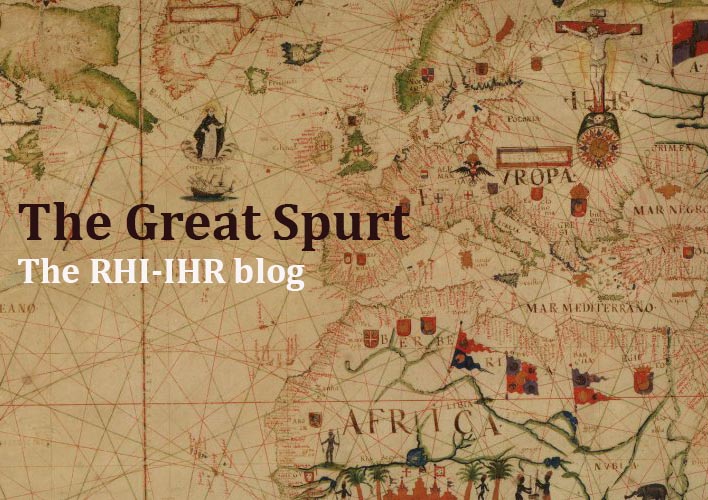Regulation and management of electrical resources during the first century of the electricity industry
DOI:
https://doi.org/10.1344/rhi.v25i61.21333Keywords:
Spanish electricity system, regulation, resource allocation, efficiency, competition, monopolyAbstract
Up until the Spanish Civil War, resource allocation in the electricity industry was achieved through a market controlled by local monopolies subject to very weak regulations, who acted as leaders within their areas of influence. According to their logic, supply agreements discriminated between users according to their willingness to pay. A strong concern for high revenues led producers to only undertake those projects whose product was guaranteed to be absorbed by the market. The management of resource allocation was highly efficient. Firms operating in the electricity sector were the major beneficiaries of the introduction of the new technology. After the Civil War, regulation in the strict sense was conditioned by other objectives of economic policy, such as autarky and fast development. This led to the adoption of mechanisms and creation of incentives that distorted the logic of the market, by pursuing rapid expansion of the sector, affecting the choice of resources to be used and the allocation of electricity, its price and the quantities produced. After a period of shortages, the need to have abundant and cheap electricity led to the design of a system of pricing and compensation that did not reflect the actual costs, also causing instances of overproduction. Resource management was poor during this period. However, the market power and profits of electricity companies remained unaffected, since the companies themselves were in charge of the new regulatory model.Downloads
Downloads
Published
How to Cite
Issue
Section
License
El/la autor/a cede los derechos al/la editor/a. Creative Commons
El/la autor/a que publica en esta revista está de acuerdo con los términos siguientes:- El/la autor/a cede en exclusiva todos los derechos de propiedad intelectual al/la editor/a para todo el mundo y toda la duración de los derechos de propiedad intelectual vigentes aplicables.
- El/la editor/a difundirá los textos con la licencia de reconocimiento de Creative Commons que permite compartir la obra con terceros, siempre que éstos reconozcan su autoría, su publicación inicial en esta revista y las condiciones de la licencia.





